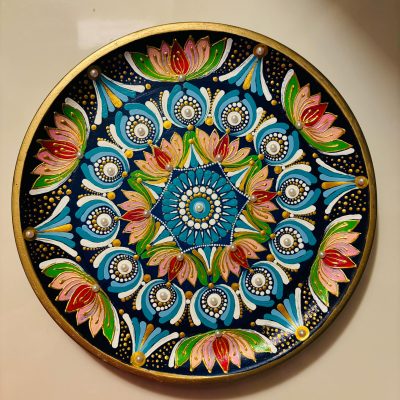Dot mandala art is an amazing artistic medium with roots in antiquity. With its Sanskrit origins, the word “mandala” means “circle” and stands for wholeness, harmony, and balance. In particular, dot mandala art combines geometric accuracy with artistic spontaneity by crafting elaborate circular designs using a series of carefully positioned dots.
Origins of Dot Mandala Art
Mandala art has been a part of spiritual activities for thousands of years, particularly in Buddhism and Hinduism. Mandalas are frequently created by monks as meditation aids and cosmic symbols. The Dot Mandala technique evolved later, inspired by Aboriginal art, especially from Australia, whereas earlier mandalas included freehand designs. Dots are used by indigenous cultures to maintain their cultural heritage, tell stories, and symbolize the natural environment.
The Creative and Spiritual Significance
Dot Mandala art is a spiritual practice in addition to being visually appealing. Often compared to a spiritual practice, the repetitive act of dotting cultivates focus, patience, and mindfulness. The designs’ symmetry and balance inspire a feeling of peace and order, which makes them well-liked and helps for mental clarity and relaxation.
Modern Applications
Today, Dot Mandala art has found a position in modern design beyond its traditional origins. The method is used by artists to decorate canvases, clothing, home furnishings, and even everyday objects like mugs and coasters. Its adaptability and the meditative joy it offers to both creators and admirers are what give it its international appeal.






